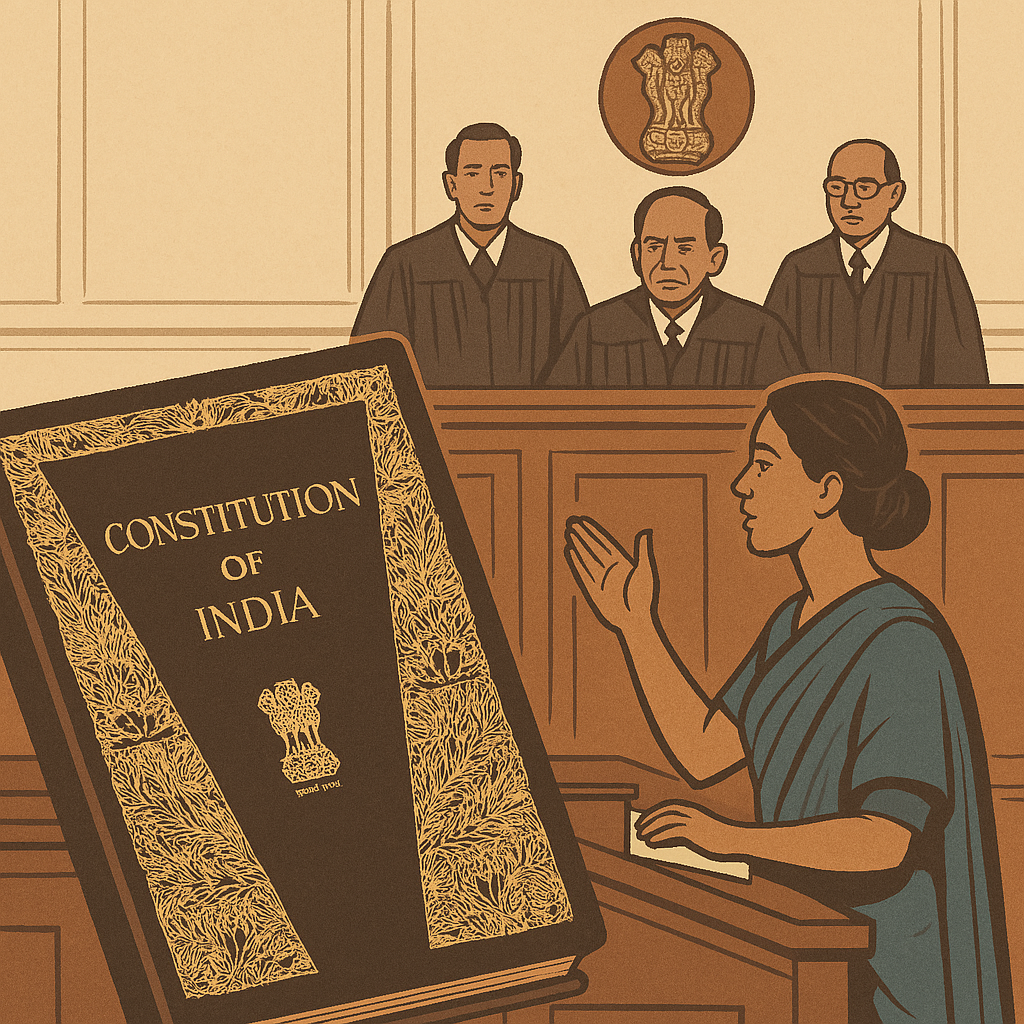⚖️ Landmark Case: M.C. Mehta v. Union of India (1987)
📝 Summary:
M.C. Mehta v. Union of India is a series of cases that shaped India’s environmental jurisprudence, affirming that the right to a clean environment is part of the right to life under Article 21.
📚 Background
M.C. Mehta, a pioneering environmental lawyer, filed several Public Interest Litigations (PILs) concerning issues like pollution, environmental degradation, and industrial negligence.
The Oleum Gas Leak case (1985), where toxic gas leaked from a Delhi factory shortly after the Bhopal Gas Tragedy, became the catalyst for a major environmental ruling.
🧑⚖️ Supreme Court Verdicts
Over the years, the Supreme Court laid down several key doctrines:
-
Right to a healthy environment = Right to life
Article 21 was expanded to include the right to clean air, water, and pollution-free surroundings. -
Polluter Pays Principle
Those responsible for pollution must bear the cost of cleaning and compensating victims. -
Absolute Liability
Industries engaged in hazardous activities are strictly liable for any damage, regardless of negligence. -
Public Trust Doctrine
Natural resources are held by the state in trust for the public, and cannot be exploited arbitrarily.
🧠 Significance
-
Established environmental law as a key part of constitutional law.
-
Empowered courts to play an activist role in protecting nature.
-
Led to cleanup drives of rivers, stricter pollution control, and vehicle emission norms.
🧩 Conclusion
The M.C. Mehta cases transformed the judiciary into a guardian of India’s environment, proving that protecting nature is not optional—it’s a fundamental right.

